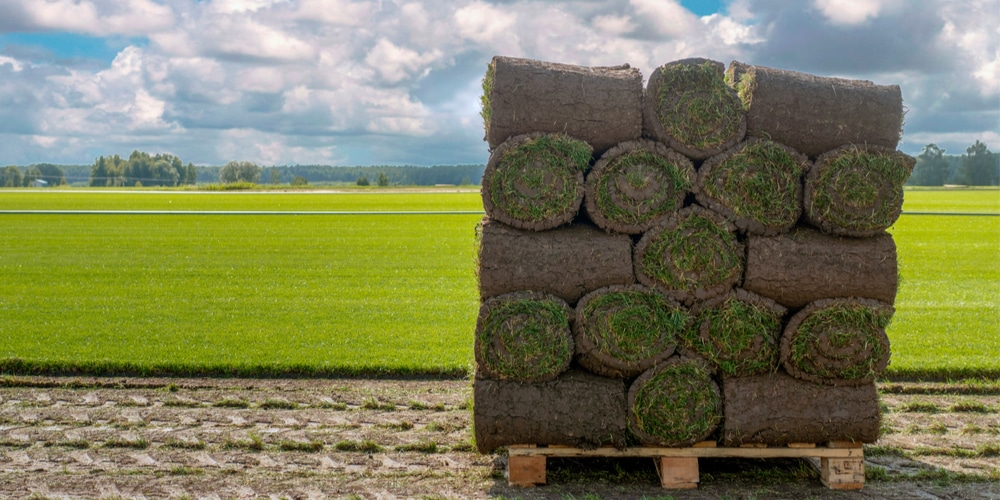Having a well-established lawn before the cold winter sets in is vital as the sod needs to grow a healthy root system and establish itself. Grass can also help to stop erosion from snow or ice melt or from storm damage. This is particularly important in areas where the winter weather is bad. But can you plant sod in the winter?
As long as the temperatures are in this range (40 to 80 degrees), most types of turf can be laid in winter, but it is best to start this process early in autumn before cold weather sets in.
Laying a cool season sod in the winter may be possible in some areas. However, it’s best to lay sod in the early to late fall so that it has time to establish itself and grow a strong root system before the winter frosts. That being said,
if you live in USDA zones 9+, you can get away with laying sod slightly later and can lay cool season sod in November. This article will look at the best times to lay sod and will answer the question, ‘can you plant sod in winter?’
Can (and should) you plant sod in winter?

It depends on the climate of your area and if cold weather will damage or kill off your grass. Sod that is laid in the winter should only be done down to USDA hardiness zone 9 as anything lower may cause serious damage to the newly sodded lawn. The ground should not be frozen, or it will make it difficult for roots to take hold.
Laying sod in the early fall is your safest bet if you live in a colder climate or USDA hardiness zone. If you live in cooler climates, then the time to lay sod is after September 1, but before the ground begins to freeze. If you live in USDA hardiness zone 9a to 10b, the time to lay the grass is October 1 to 15th. This will give your sod enough time to establish itself and grow a nice root system before winter.
Do not plant Sod if the soils are frozen or extremely cold, even if it hasn’t gotten that cold yet. The ground needs to be warm enough for the grass to establish roots. Grass also needs enough sunlight during the day to grow well and cooler nights.
Warm season grass varieties
Planting sod during winter is possible; however, you must take precautions to protect the growing grass from frost and cold temperatures. Warm season varieties of sod such as Bermuda, buffalo grass, zoysia, and St. Augustine cannot be laid in
winter if your area experiences hard freezes or you are located in USDA hardiness zone 6 or lower. Warm season grasses have their growing season between early spring and late fall. If you live in the right climate and want to grow warm season grass, its best to wait until the following spring to lay warm season sod.
Cool season grasses
Cool season varieties of sod including Fescue, Blue Grass and Rye grass can be planted in winter as long as the daytime temperatures range between 40 and 80 degrees.
If you live outside of USDA hardiness zone 9, then it is best to wait until late fall or early spring to lay your sod. If this is impossible and you must lay your new grass during the winter months, consider using a temporary cover such as a frost blanket to protect your sod until it gets warm enough to be safely uncovered.
Conclusion
It’s generally not recommended that you lay sod in the winter months, particularly if there’s frost on the ground. You can lay cool season sod at the beginning to late fall, depending on where you live.
The best time to plant sod is from September 1 to October 15, depending on where you live. It’s not usually a good idea to lay sod in the winter as it may die or become damaged by frost. It’s best to plan ahead and lay cool season sod in the early to mid-fall or wait until the spring to lay warm season sod.